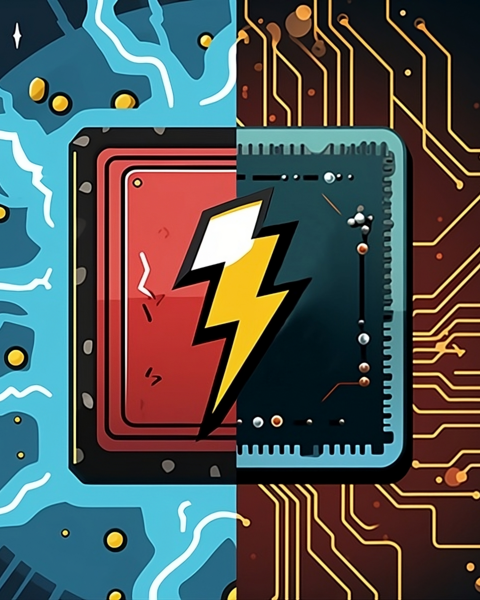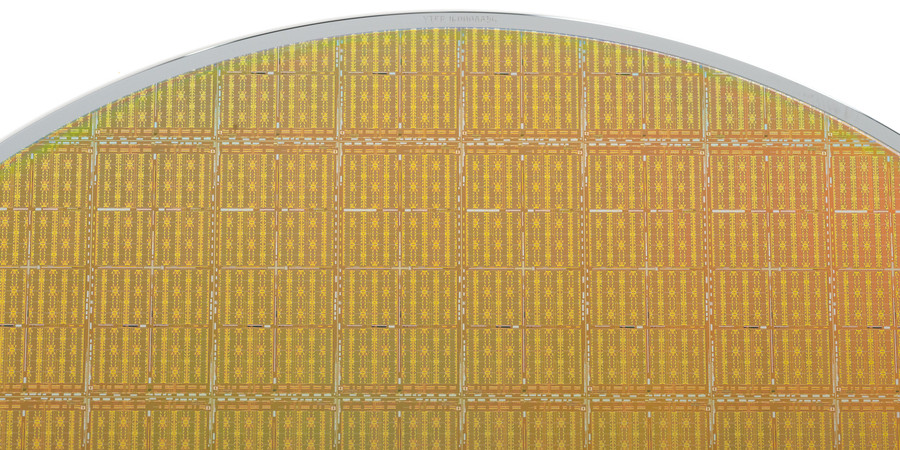September 11, 2023
Computing is at an inflection point. Moore’s Law, which predicts that the number of transistors on an electronic chip will double each year, is slowing down due to the physical limits of fitting more transistors on affordable microchips. These increases in computer power are slowing down as the demand grows for high-performance computers that can support increasingly complex artificial intelligence models. This inconvenience has led engineers to explore new methods for expanding the computational capabilities of their machines, but a solution remains unclear.
Photonic computing is one potential remedy for the growing computational demands of machine-learning models. Instead of using transistors and wires, these systems utilize photons (microscopic light particles) to perform computation operations in the analog domain. Lasers produce these small bundles of energy, which move at the speed of light like a spaceship flying at warp speed in a science fiction movie. When photonic computing cores are added to programmable accelerators like a network interface card (NIC, and its augmented counterpart, SmartNICs), the resulting hardware can be plugged in to turbocharge a standard computer.
MIT researchers have now harnessed the potential of photonics to accelerate modern computing by demonstrating its capabilities in machine learning. Dubbed “Lightning,” their photonic-electronic reconfigurable SmartNIC helps deep neural networks — machine-learning models that imitate how brains process information — to complete inference tasks like image recognition and language generation in chatbots such as ChatGPT. The prototype’s novel design enables impressive speeds, creating the first photonic computing system to serve real-time machine-learning inference requests.
Complete article from MIT News.
Explore
MIT Engineers Advance Toward a Fault-tolerant Quantum Computer
Adam Zewe | MIT News
Researchers achieved a type of coupling between artificial atoms and photons that could enable readout and processing of quantum information in a few nanoseconds.
New Chip Tests Cooling Solutions for Stacked Microelectronics
Kylie Foy | MIT Lincoln Laboratory
Preventing 3D integrated circuits from overheating is key to enabling their widespread use.
Energy-Efficient and Environmentally Sustainable Computing Systems Leveraging Three-Dimensional Integrated Circuits
Wednesday, May 14, 2025 | 12:00 - 1:00pm ET
Hybrid
Zoom & MIT Campus




